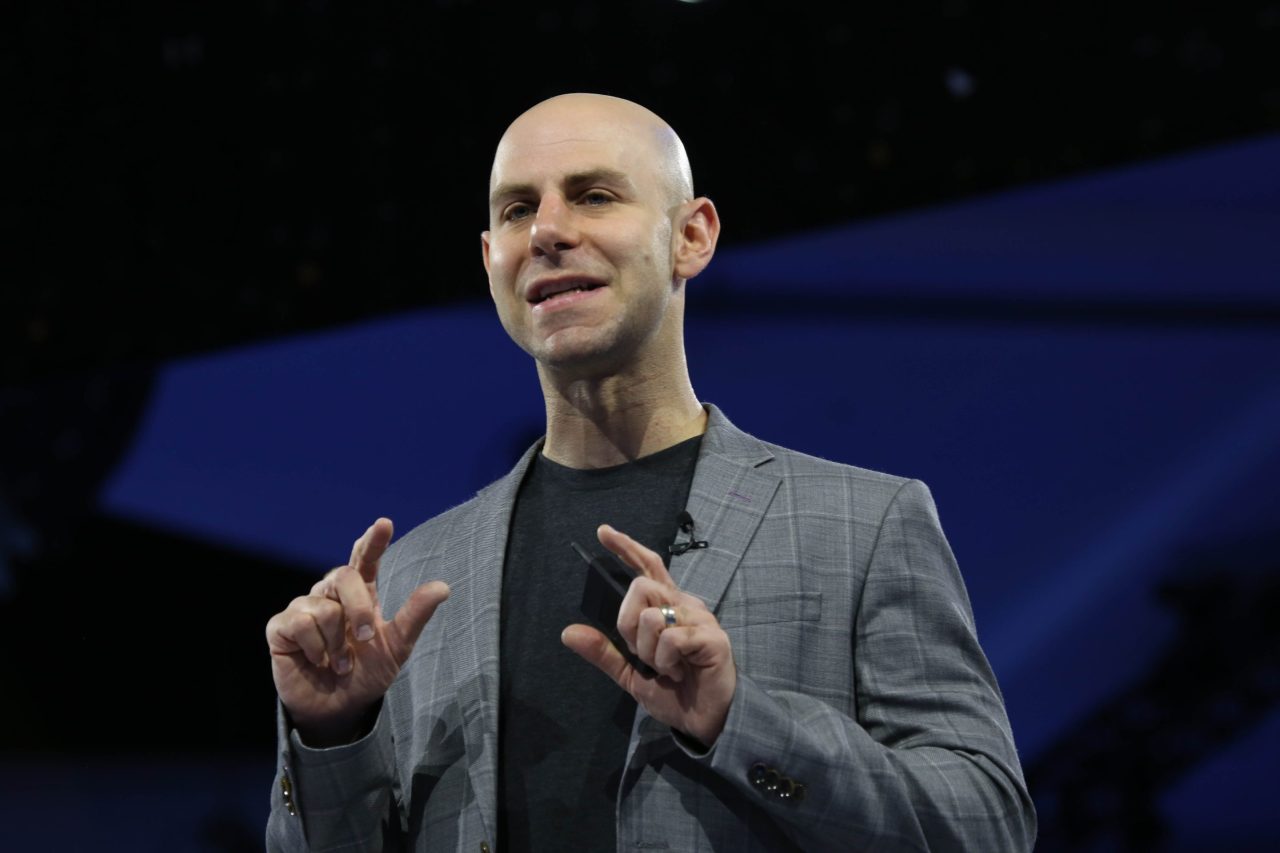The gender pay gap has been a long-standing issue in workplaces worldwide. While much of the conversation has historically focused on what women can do to bridge this gap—such as negotiating better salaries or advocating for themselves—renowned organizational psychologist Adam Grant argues that this burden should not fall on women. Instead, he emphasizes that employers must take responsibility and actively implement policies to eliminate wage disparities.
The Gender Pay Gap: A Systemic Issue
The gender pay gap is not just a result of individual career choices; it is deeply embedded in workplace structures and biases. Women often face systemic barriers, including unequal opportunities for promotions, biased hiring practices, and social penalties when negotiating for higher salaries.
Grant highlights that even when women do negotiate, they are often perceived negatively, whereas men in similar situations are seen as assertive. This double standard discourages women from asking for fair compensation and contributes to the persistence of wage disparities.
Why Employers Must Take Action
1. Implementing Pay Transparency
One of the most effective ways to close the pay gap is through pay transparency. Studies have shown that organizations with transparent salary structures have significantly smaller gender wage disparities compared to those that keep salaries confidential.
When employees can see how their salaries compare with their peers, it creates accountability and forces companies to justify their compensation decisions. Some countries have already introduced laws requiring companies to disclose salary information, which has led to noticeable improvements in pay equity.
2. Conducting Regular Pay Audits
Another crucial step is for companies to conduct regular pay audits to identify and correct wage gaps. A pay audit involves analyzing employee salaries across different roles, departments, and demographics to uncover disparities.
By proactively addressing these issues, companies can ensure they are offering fair and competitive wages while also reducing the risk of legal and reputational consequences.
3. Eliminating Biased Hiring and Promotion Practices
Bias in hiring and promotion decisions is another factor contributing to wage disparities. Employers need to adopt structured and objective hiring practices to ensure that compensation and career advancement are based on merit rather than gender.
This includes:
- Setting clear salary ranges for positions to prevent biased negotiations
- Using blind recruitment methods to minimize unconscious bias
- Ensuring diverse hiring panels to promote fairness in decision-making
4. Providing Equal Opportunities for Leadership
Women are often underrepresented in leadership roles, which affects their earning potential. Employers must actively work towards increasing female representation in senior positions by offering mentorship programs, leadership training, and unbiased performance evaluations.
By promoting more women into leadership roles, companies can not only reduce the pay gap but also benefit from diverse perspectives that enhance overall business performance.
The Need for a Cultural Shift
Beyond policy changes, closing the gender pay gap requires a cultural shift in how organizations view and address pay equity. Companies should foster an environment where salary discussions are normalized, and employees feel empowered to address concerns without fear of repercussions.
Leaders must also be held accountable for creating inclusive workplaces where compensation is based on skills, experience, and contributions rather than gender.
Conclusion
Adam Grant’s message is clear: the gender pay gap is not a problem that women alone should have to fix. It is a systemic issue that demands proactive efforts from employers. By embracing pay transparency, conducting audits, eliminating bias in hiring, and promoting women into leadership roles, companies can take meaningful steps toward wage equality.
Closing the pay gap is not just about fairness—it is about building a workplace where talent is recognized and rewarded equitably, regardless of gender. Employers must step up, take responsibility, and drive the change needed for a more just and inclusive workforce.




